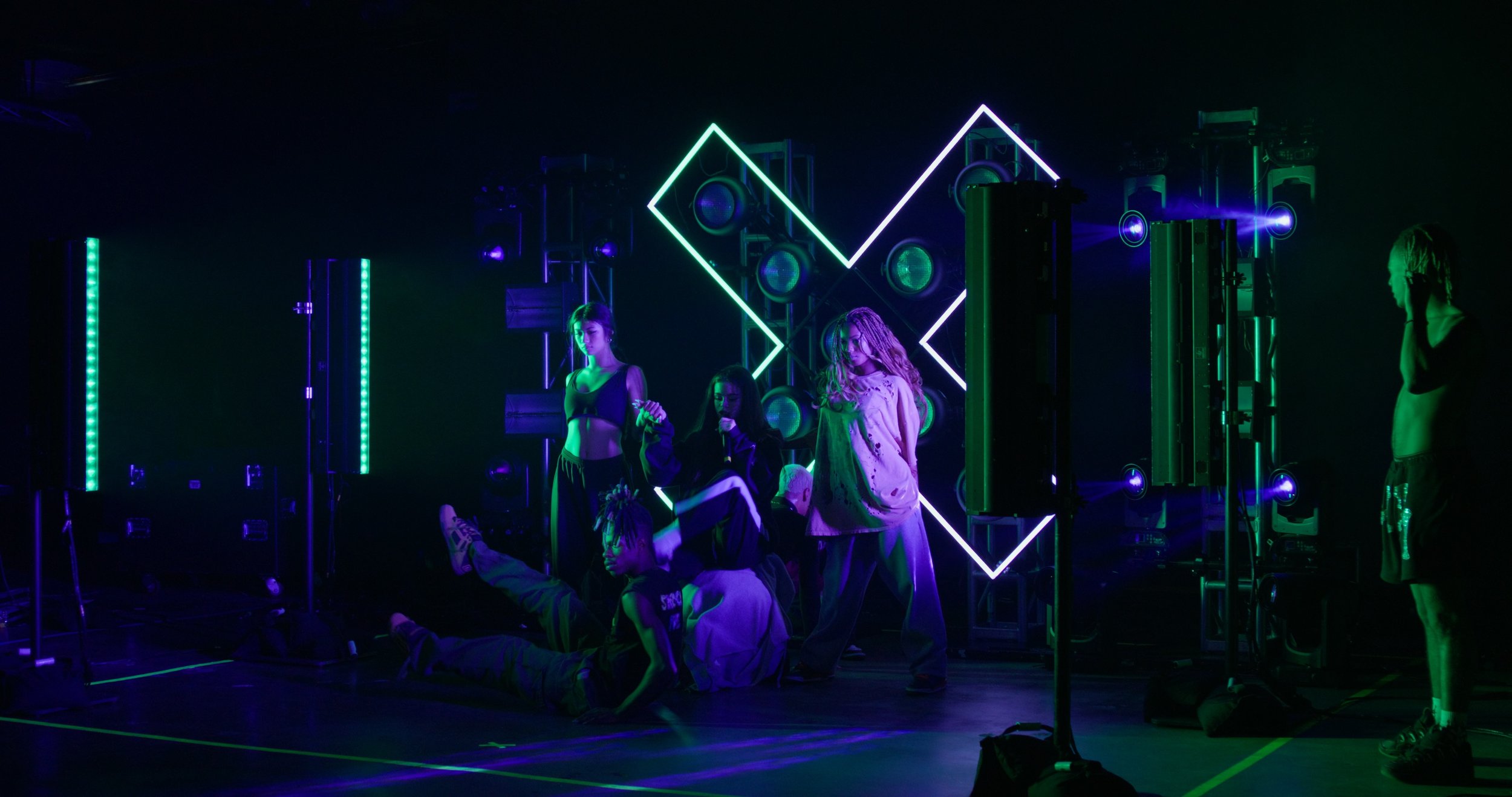Live Show Production Rehearsals for Lighting & Visuals 101
Running effective production rehearsals for lighting and visuals can make or break the impact of your live shows. Since rehearsal time is often limited, mastering the art of efficiency is key. Here's how to streamline your rehearsals, ensuring every moment counts and your show dazzles from the get-go.
Want to increase your productivity inside rehearsals and out?
Read Getting Things Done by David Allen!
A Note on Task Batching
From the viewpoint of a lighting director who juggles roles as a lighting tech, programmer, and show creative: batching tasks during rehearsals is a game-changer compared to a less organized approach!
Task batching is the practice of grouping similar or related tasks together and completing them in a one block of time. This approach reduces the mental energy lost when constantly switching between different types of work, resulting in better focus, fewer mistakes, and a more efficient workflow.
Batching tasks is crucial for a lighting director who wears many hats. By grouping similar tasks—programming cues, adjusting lighting, refining creative elements—you minimize constant gear-shifting and mental clutter. This focused approach helps you dive deeper into each element, stay in the zone, and fully optimize your limited rehearsal time. The result? A more cohesive, polished show and a calmer, more efficient workflow.
Now, let's go through the key steps in having a successful lead-up to the first show!
Before Rehearsals
Pre-program the Show
Aim to have 80% of your show pre-programmed before stepping into rehearsals. This approach allows you to focus on refining and enhancing during rehearsal rather than starting from scratch.
Set Up the Playback System
Coordinate with the playback operator on the artist's team ahead of time to set up a timecode playback system. This foundational step ensures synchronization between audio and visuals.
Create a Visual Synopsis Document
An editable spreadsheet detailing the show's visual elements helps keep everyone on the same page. It's a roadmap for your creative vision.
Prep Day with the Production Rental House
If possible, arrange a prep day at the rental house to test lights, ensure you have spares, and pack equipment efficiently. Understanding the size of your road case pack in advance avoids last-minute surprises with truck space.
At Rehearsals
Step 1: Set Up the Lighting Rig
Focus on getting the technical setup right, troubleshooting any issues with the rig itself.
Step 2: Test the Timecoded Show
Make sure the artist's playback system (e.g., Ableton, Pro Tools, Logic Pro) is correctly outputting timecode to your lighting controller.
Step 3: Run Through Without the Artist
Play the set's music and go through the light show, taking notes without stopping too frequently. The goal is to identify adjustments without breaking the flow.
Step 4: First Artist Run-Through
With your notes in hand, run through the show with the artist. Minimize stops to maintain the context of the visual experience, making live updates only for quick, non-disruptive changes.
Step 5: Tech Rehearsal with the Artist
Now, focus on detailed adjustments for each song. This granular approach allows for fine-tuning specific moments within the show.
Step 6: Final Looming and Prep
Once the show's visuals are confirmed to work and the stage layout is approved, finalize cable paths and ensure everything is neatly organized. If you have a lighting tech, this is a good time to let them handle the final touches.
Efficient Rehearsals: The Key to Impactful Shows
By following this structured approach and emphasizing batch work, you can maximize the productivity of your production rehearsals. The goal is to enter rehearsals with a clear plan, allowing for creative adjustments rather than foundational decisions. This not only saves time but also ensures your live shows leave a lasting impression. Remember, the more prepared you are before rehearsals, the more you can focus on perfecting the performance during them.
Interested in learning more about our innovative approach to lighting programming? Contact Duck Lights and join the revolution of lighting professionals who use Duck Lights Core Showfile for grandMA2 as their timecoded lighting programming backbone for better creativity and collaboration.



